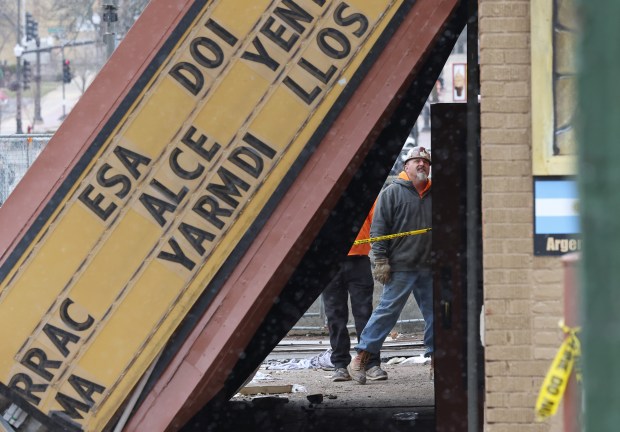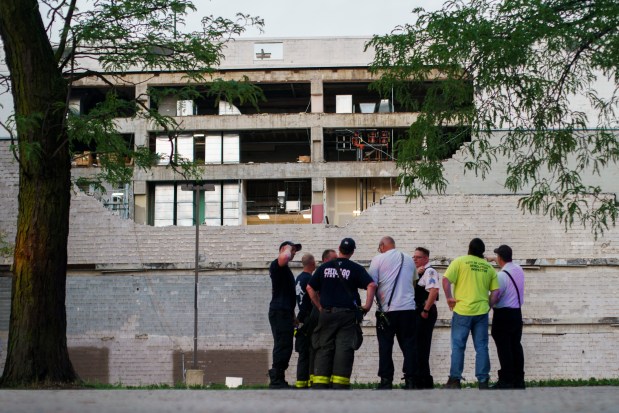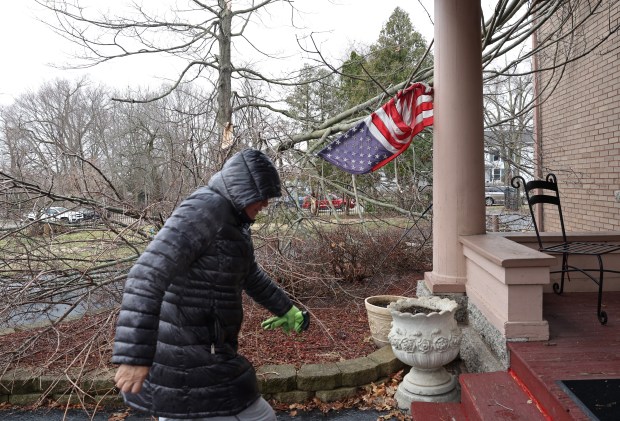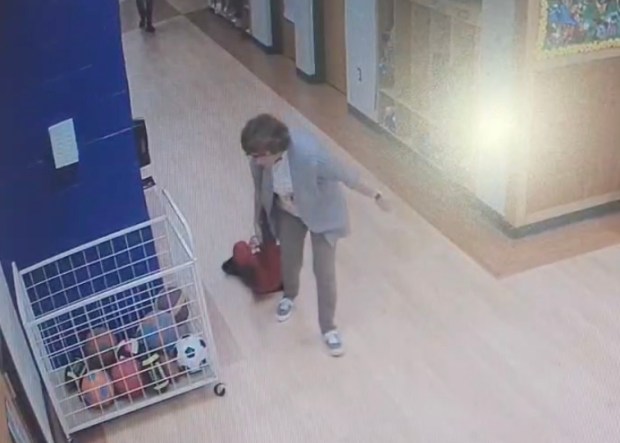Illinois saw more tornadoes than any other state in 2023. Byron Hurley experienced that reality firsthand after three tornadoes touched down near his Chatham home in central Illinois last year.
“My house got hit on May 7. May 14 was a nasty supercell that hit Chatham,” Hurley said. “We also got some large hail on July 23. I rode that storm out in my car, taking cover at a drop-off area at a church just outside Chatham.”
According to Matthew Elliott, a meteorologist at the National Oceanic and Atmospheric Administration, Illinois experienced 118 tornadoes last year — the third most in its history. The numbers have not yet been finalized, Elliott said, but are unlikely to change.
The number of tornadoes in any state fluctuates significantly from year to year, said Jeff Frame, a professor of climate, meteorology and atmospheric sciences at the University of Illinois. According to Frame, the biggest component is the state’s number of “outbreaks.”
The Glossary of Meteorology, published in 2000, describes a tornado outbreak as multiple tornado occurrences caused by the same weather event.
The third biggest tornado outbreak on record in Illinois occurred March 31, 2023, with 36 tornadoes in one day. The second largest outbreak was 50 years ago in 1974. Frame said most years with high numbers of tornadoes see at least one tornado outbreak.
“Weather patterns in 2022 were not conducive to a lot of thunderstorms and tornadoes,” Frame said. “But in 2023, they were helped along by a couple of big events, starting with a large tornado outbreak across the U.S.”
The 2023 numbers were a significant increase from the 34 tornadoes recorded in Illinois in 2022. Nationwide, NOAA preliminarily confirmed 1,269 tornadoes in 2023.
Studies have also found climate change may be affecting tornado patterns. Victor Gensini, a professor at Northern Illinois University, said climate change can affect the conditions necessary to create tornadoes.
Tornadoes need instability –– warm moist air near the ground with cooler temperatures higher up –– and wind shear –– a change in wind speed or direction –– to form. Instability is more potent in the warm seasons, and shear is usually stronger in the winter.

As winters get warmer, Gensini said, there can be more instability and more shear –– leading to more winter tornadoes.
“It kind of has been a good example of what to expect with a warming climate with a much warmer winter, a much earlier start to spring, in a much faster start to tornado season,” Gensini said. “But we’re not sure if that’s a climate change signal or if that’s a signal of just weather or climate variability.”
According to Elliott, data has been inconsistent on the impact of climate change on tornadoes. But, he said, the times of year and the locations of tornadoes seem to be changing.
Walker Ashley, a professor of Earth, atmosphere and environment at Northern Illinois University, said increasing temperatures in the Gulf of Mexico may be affecting the number of tornadoes in states to its north –– including Illinois.
A hotter Gulf increases low-level moisture, which creates conditions ripe for tornadoes, Ashley said
“If the Gulf of Mexico is heating up under climate change, and we’ve seen it’s running hot, that increases your moisture and your instability,” Ashley said. “It makes sense the eastern part of the United States would heat up.”
Still, researchers cautioned against holding climate change entirely responsible for changing weather patterns in Illinois.
Technologies used to detect and predict tornadoes have adapted significantly over the last few decades, and are likely to have affected the number of tornadoes observed and recorded in Illinois –– especially since the state’s tornadoes tend to be low in intensity.
According to the National Weather Service, nearly 37% of tornadoes in northern Illinois from 1950 to 2017 were EF0 — the lowest intensity a tornado can be. Only 2% were classified as “violent.”
Out of the 22 days with tornado activity in 2023, four days caused injuries, two days saw property damage, and there were no days with crop damage, according to NOAA.

Hurley said the tornadoes that passed by his home in Chatham only caused tree damage. A conservationist who does storm chasing in his free time, Hurley said he followed multiple other tornadoes in Illinois last year, including one that started near Loami, 10 miles west of Chatham, on Aug. 6.
“I saw the beginning. … I had a great view of the wall cloud and bowl funnel near Loami but only got to see it briefly before falling too far behind,” Hurley said. “On Aug. 6, I got hailed on in Taylorville as well. It was a wild year, that’s for sure.”
Taylorville is about 30 miles southwest of Chatham.
Frame added that metropolitan areas throughout Illinois have also expanded in the past couple of decades. While lower-level tornadoes in rural areas may have gone undetected in the past, cellphones and population sprawl make them harder to miss in the 21st century.
“What we’re able to do is detect a lot more of these tornadoes with more spotters, better reporting technology, cellphones and internet, and better radar technology,” Frame said. “In 1960 you’re just never going to see those reports, because the technology and the infrastructure wasn’t there.”
While experts remain conflicted about the impacts of climate change on the number of tornadoes, they said Illinois residents should remain on high alert.
“It’s been an active year,” Gensini said. “I think we all need to be anticipating more of these tornado disasters. And that’s regardless of what’s happening with the frequency of climate change. Climate change is playing a role, an important role, but it’s not the only role.”





